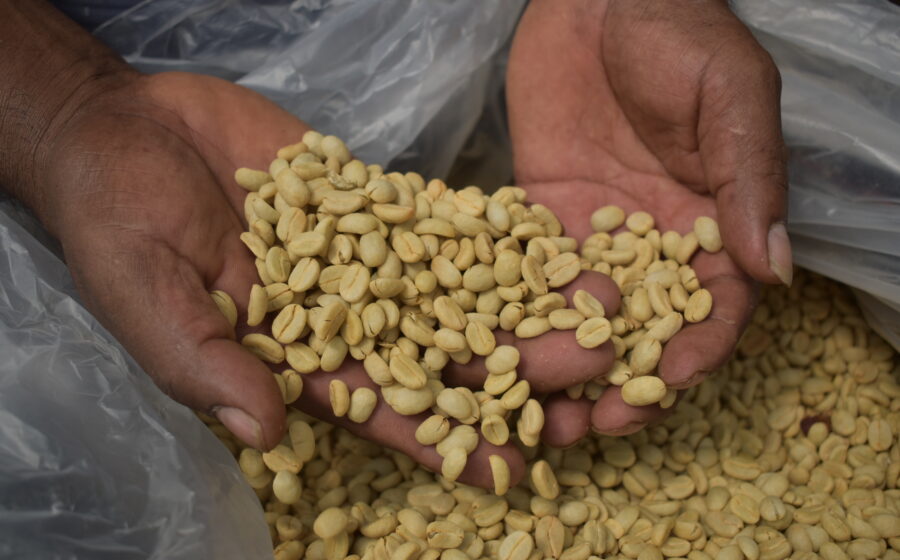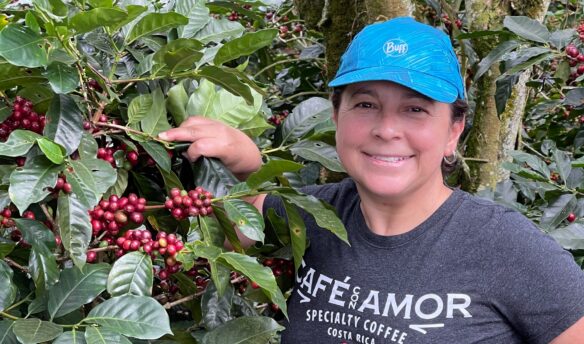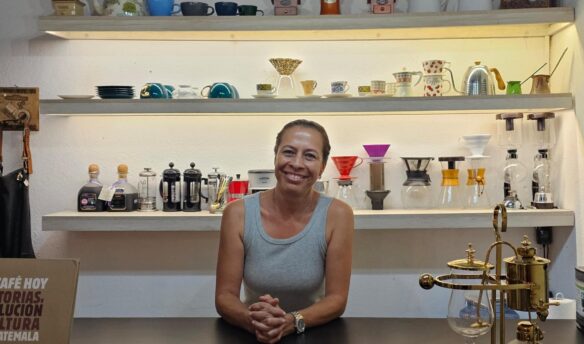Coffee beans are the seeds of the coffee fruit, obtained after harvesting and processing to yield the green beans, which are then roasted, ground, and brewed to get us the cup of coffee we look forward to and probably cannot function without. To get to the beans inside the coffee fruit, the skin, the mucilage, and the parchment—all layers above the beans designed to keep the seeds safe and nourished, have to be removed.
One of the most popular ways to process the cherries to obtain the coffee beans is through the washed process, an intensive operation where the layers of cherry are stripped from the seed using water, washing out the layers of the fruit to reveal the beans inside. The washed process as we know it today was developed in the 20th century, and while the method by which farmers carry out the washed process can vary from region to region, it’s generally associated with clarity—some people talk about the washed process as allowing the inherent flavors of a coffee to shine.
However, we’re seeing producers experiment with new techniques during the processing stage, exploring new methods to get better cup quality for the beans they produce. And yet, coffee producers worldwide report that washed coffees remain popular and continue to endure in an era of rapid change and innovation.
Market Demand Dictates Producer Choices
While many factors go into a producer’s decision about how to process their coffees, including weather patterns, local traditions, and the weight of cherries, many farmers make decisions based on their clients and who they’re selling to.
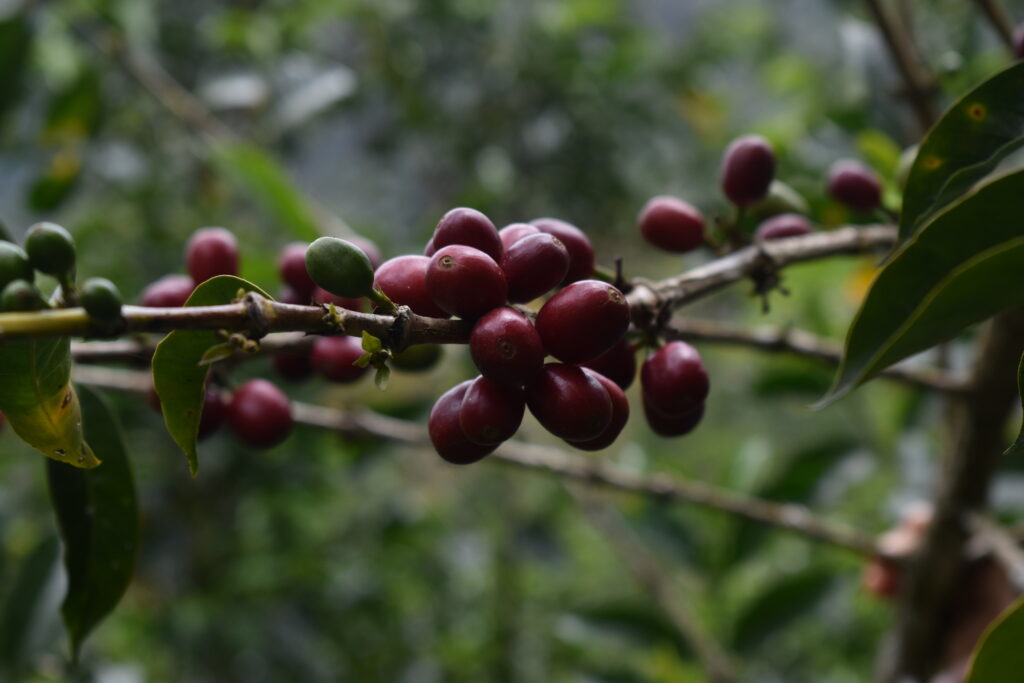
“We decide based on demand,” says Rohan Kuriyan, a coffee producer at Balanoor Plantations in Chikmagalur, India. Rohan works in concert with his buyers and finds that many request washed coffees. “We ask our buyers what they require, and based on the feedback we get, we process what is needed. There is no point in doing something that is not wanted by our buyers and then struggling to find a buyer for the coffee. The washed process allows us to provide our buyers and consumers with a uniform complex cup, bringing out high-quality, clean, bright flavors without extreme funkiness,” he says.
Regional customs and practices also influence decision-making regarding how to process coffee on farms. A region might be accustomed to having their coffee taste a certain way or have some informal standards of what the region’s vendors regard as good coffee beans. “The process of washing coffee is widespread in Peru; it has always been practiced in Peruvian coffee growing,” says Dula Julcarima, a coffee producer at the Santa Luisa farm in Unchubamba, Peru. “The natural and honey processes are new for us because there is not much market in Peru to sell them. If we don’t find buyers, we have to sell it as discards.”
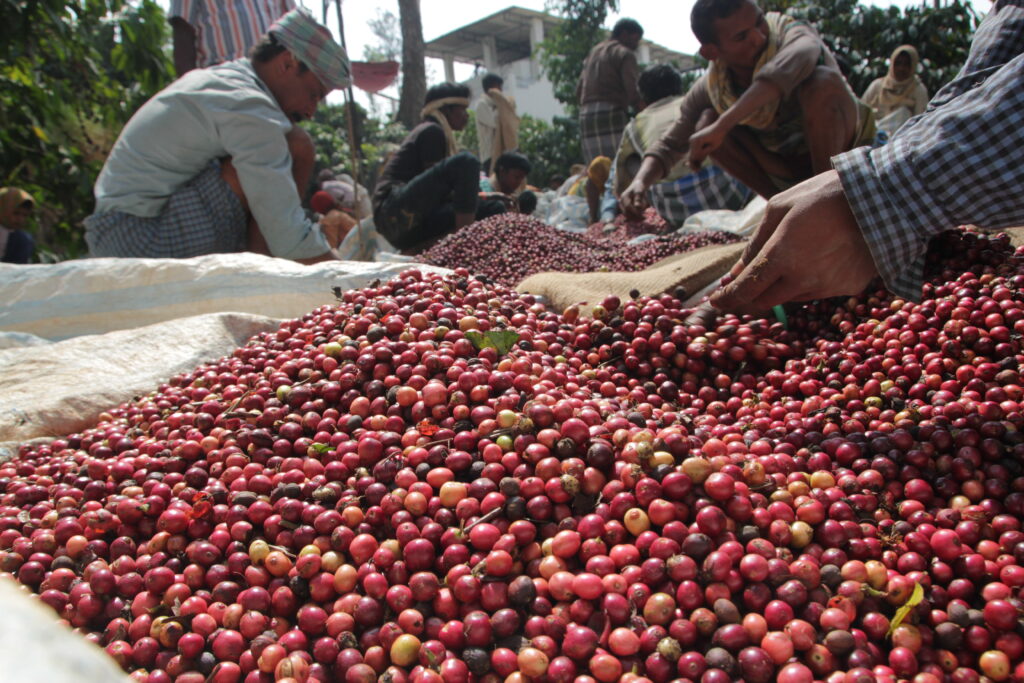
That doesn’t mean Julacarima hasn’t heard about—or experimented with—other processing techniques. “In 2008, when I learned more about coffee processes, I decided to ferment a pulped coffee for 30-40 hours instead of [the usual] 12-18 hours. The coffee took on a yellowish color. When I tasted it, I got a nice raisin flavor, sweet and bright,” she says.
However, trying out new processing methods without a buyer carries substantial risk. “I did not find a market to sell this coffee,” says Julcarima. “The usual buyers in Peru refused to take it. I had to take the coffee to street buyers, but even they didn’t want to buy it because of the unusual color. They perceived it as poor quality coffee since it was very different from the usual washed coffees. Eventually, I had to sell it at a much lower price than normal.”
Roaster-Friendly
Many farmers work with their buyers to make processing decisions, but why do importers and roasters choose to go with washed coffees? Although not a blanket statement, washed coffees tend to work well as filter coffee and in milk-based beverages.
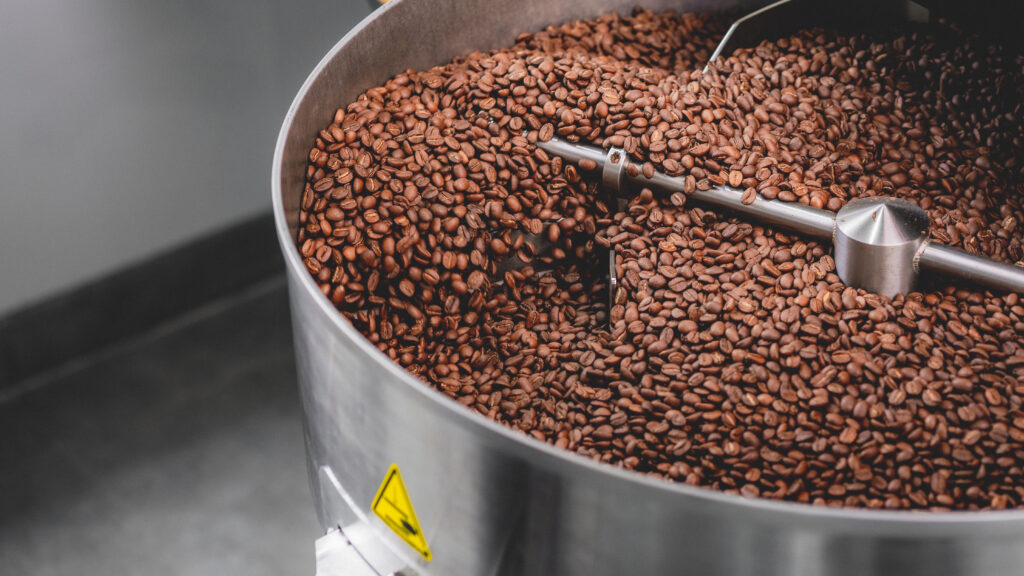
Some also perceive washed coffees to be incredibly versatile. “When roasting commercially, we want coffees that will work great for standalone offerings as well as blends,” says Ajit Joshi, the co-founder and roaster for Caarabi Coffee in New Delhi, India. “Washed coffees are usually quite balanced and do not have the funky flavors of naturals, honeys, and experimental processes, which consumers may not often associate with coffee.”
Along with flavor and flexibility, Joshi sees washed coffees as being logistically easier to handle. “I also find washed coffees to be more shelf-stable. I have found naturals to go funky when held in storage at the roastery for long durations, but washed coffees won’t turn as quickly,” he says, referring to other popular processing methods (broadly, naturally-processed coffee allows the cherry to dry around the bean; honey process allows some of the cherry mucilage to dry on the bean). “Moreover, I find washed coffees easier to roast—they are more consistent and can stand more heat.”
“About 90% of the filter menu at my roastery is washed coffee,” says Stanislav Tyan, founder and roaster at Massimo Coffee in Almaty, Kazakhstan. “Due to processing-specific attributes, washed coffees are more stable for roasting, in my opinion. Washed coffees won’t develop as quickly as coffees processed by other methods, and the heat, especially at the first crack stage, is easier to manage with washed coffees, generally.”
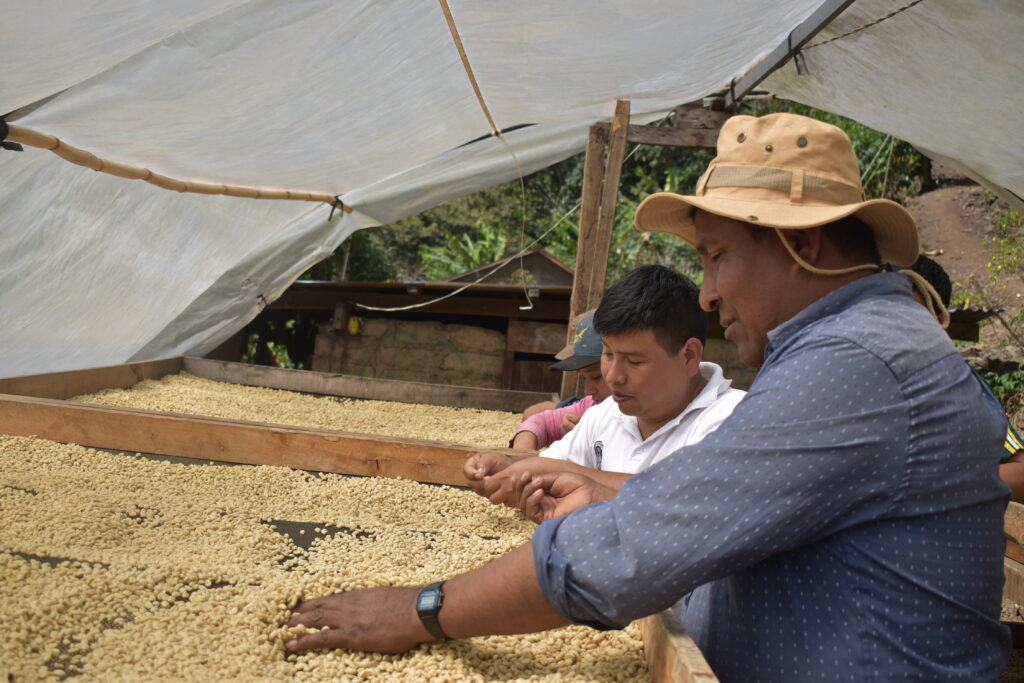
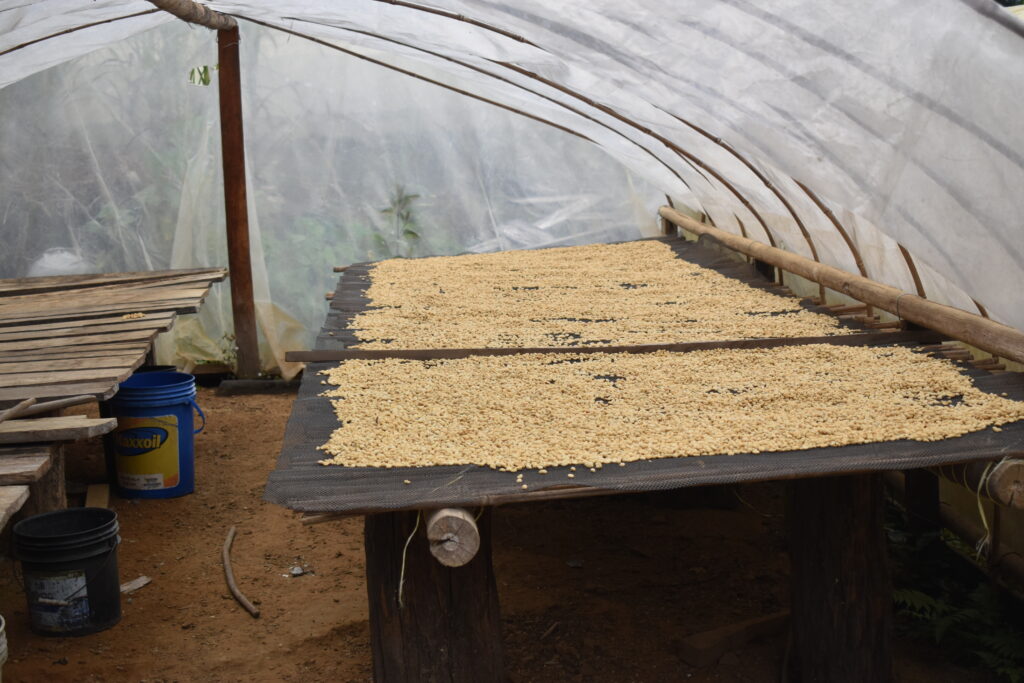
Michalina Sujewicz, an importer who works at the New Zealand branch of Opal Coffee, has noticed that the buyers she works with make decisions about which processing methods they prefer based on how the coffee will be served, noting that buyers may choose more “experimentally processed” coffees for limited releases. She has also noticed that buying decisions about washed coffees generally get made quicker than other processes. “This could be because washed coffees come in bigger volumes and roasters know their purpose for longer periods, while funkier coffees usually come to the country as smaller lots and may be available in smaller volumes; more thought goes towards making them a seasonal offering,” she says.
Processing Resource Reduction
The washed process usually requires a plentiful amount of water, which is becoming a scarce resource. Moreover, the water used during the washed process can’t be reused or reintroduced into the environment since the water has high levels of BOD and COD (Biological Oxygen Demand and Chemical Oxygen Demand, two critical indicators of the oxygen required to break down the organic matter in water. This metric often signifies how polluted the water is), causing significant water pollution as well as adversely affecting aquatic life.
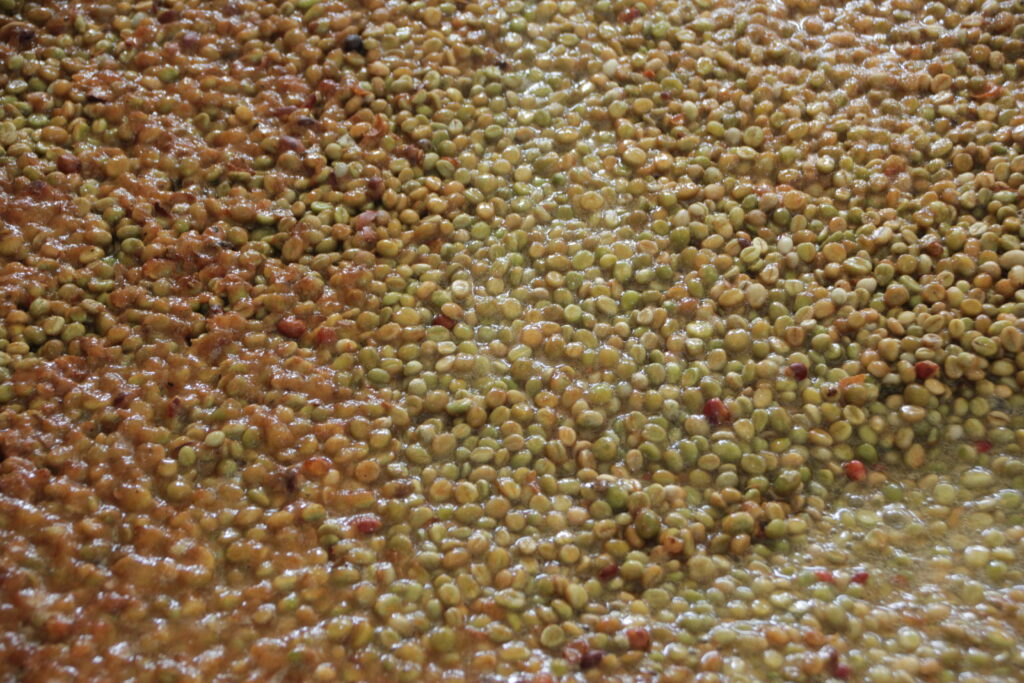
This is something Phạm Mạnh Hùng, a coffee producer at Hung’s Farm in Vietnam, has thought a lot about. On his farm, they use a three-pronged approach to reduce his farm’s environmental footprint when producing washed coffee, “We carefully sort the cherries before floating. This saves the amount of water we have to use in floating cherries, as the manual sorting step removes the unsuitable berries and other organic matter—leaves, twigs, etc., thereby reducing the volume and ensuring only the best, ripest cherries move forward,” he says. “Second, we very carefully monitor the fermentation. More efficient fermentation will lead to less water needed for washing away the mucilage. Lastly, we treat the water used for fermentation.”
Farmers are also investing in wastewater treatment, working actively to minimize their environmental impact. “We put up an effluent treatment plant and holding tanks to contain and treat the water used for processing the coffee, ensuring no water leaves the estate untreated as it would contaminate the river near our farm,” Rohan shares.
Technological innovations are aiding farmers in reducing the water needed for washed coffees. “Newer machines are also being developed to make the process more resource-efficient,” says Francisco Quezada, specialty coffee producer at Finca La Labor, Montenegro Farms in Guatemala. “Our milling process is done with high-efficiency eco-equipment that helps us reduce our water consumption significantly.”
Every processing method brings out something different in a coffee, and increasingly, we’ve seen more coffees processed utilizing new techniques. Despite all that, washed coffees remain popular up and down the supply stream. There’s still a lot of work to do to make the washing process more environmentally sustainable. Still, the fact remains that washed coffees have endured, providing drinkers with a clear and crisp expression of a coffee’s inherent flavor.
Cover photo from Santa Luisa farm in Unchubamba, Peru.


